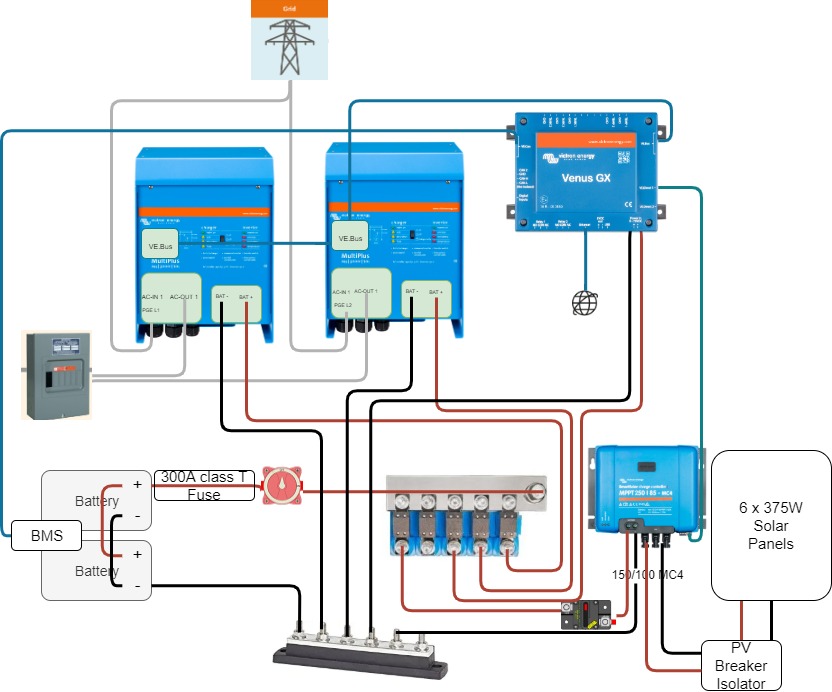We're looking at adding solar and a battery backup for our house in the US and I was hoping to get some feedback on the setup I'm planning before purchasing the equipment to make sure it would work. Any feedback would be appreciated, thanks in advance.

